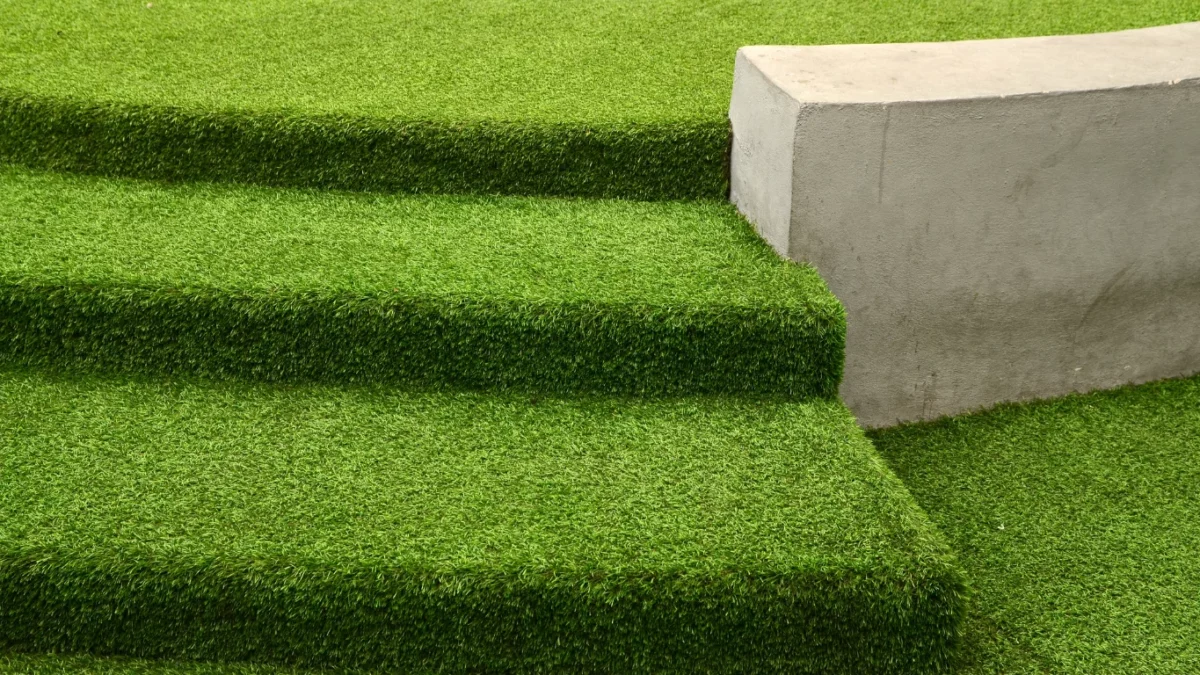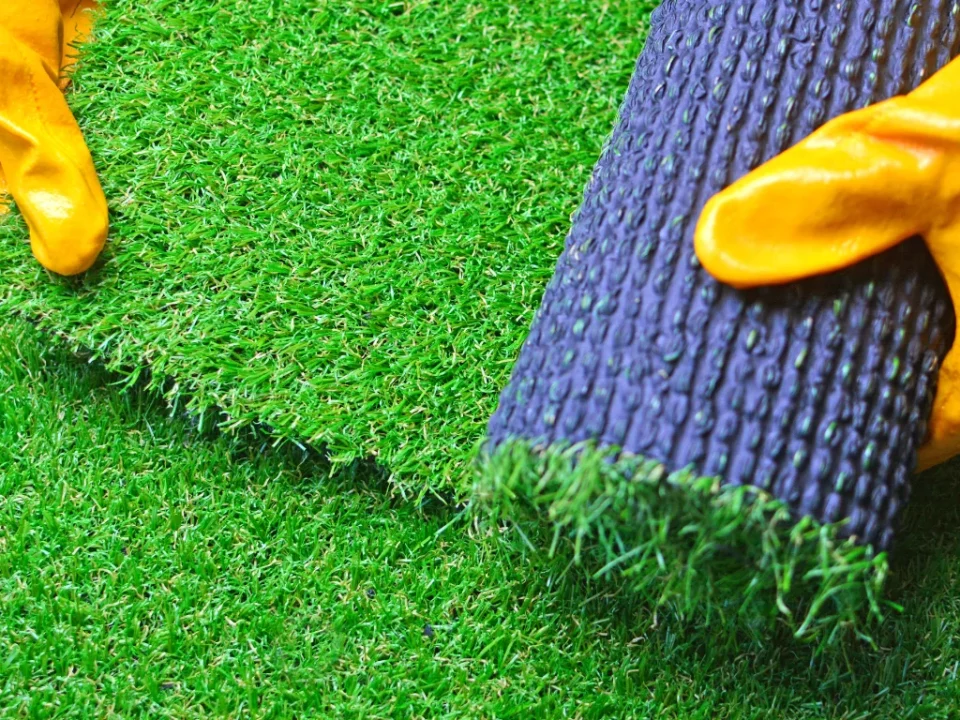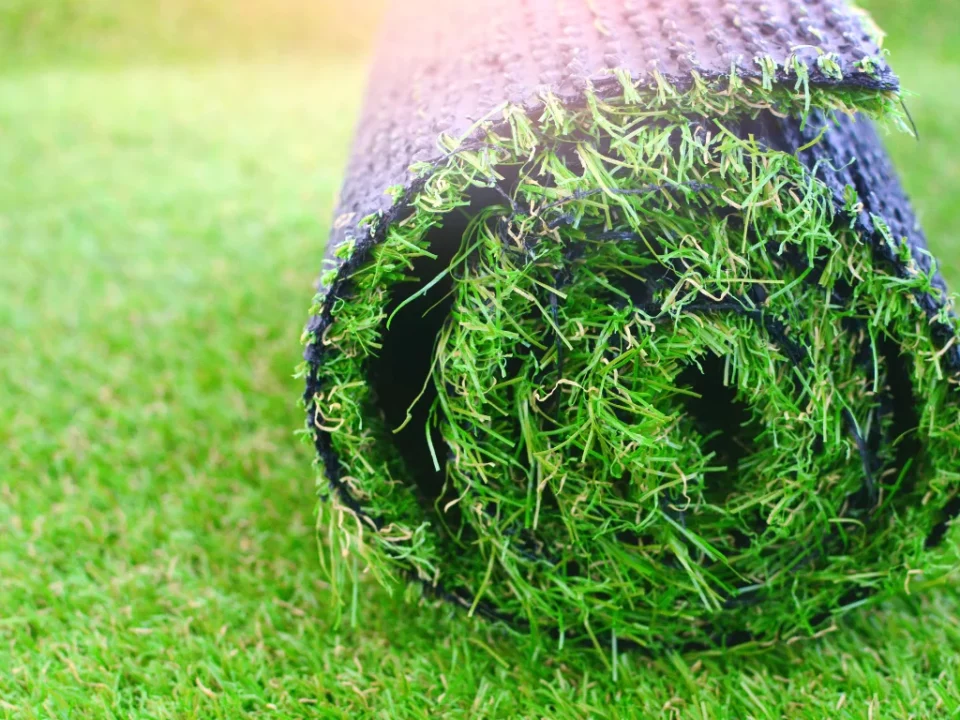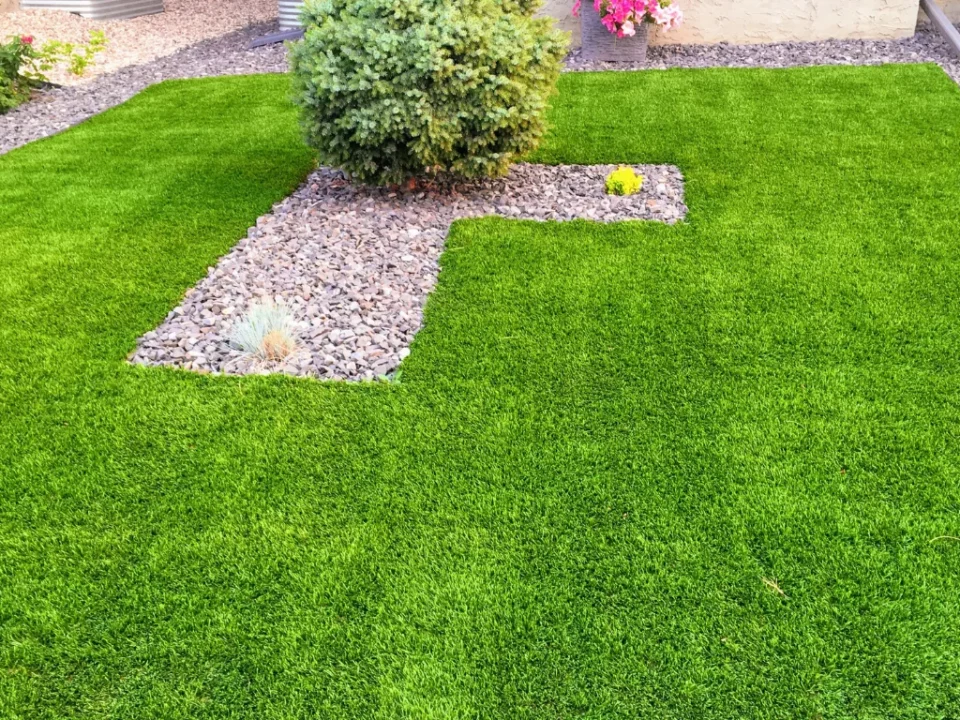As homeowners and businesses seek sustainable solutions for outdoor spaces, artificial turf has become a popular choice for modern landscaping. Its ability to conserve resources while maintaining a lush, green appearance makes it an environmentally friendly alternative to natural grass. The environmental benefits of artificial turf extend beyond just saving water—this innovative landscaping solution also reduces the need for harmful chemicals and minimizes carbon emissions.
Artificial Turf Conserves Water and Reduces Waste
One of the most significant environmental benefits of artificial turf for modern landscaping is its ability to conserve water. Natural grass requires regular irrigation to stay healthy, especially in regions with dry or arid climates. By replacing traditional lawns with artificial turf, property owners can drastically reduce water consumption. This not only lowers utility bills but also contributes to broader efforts to conserve vital water resources.
Artificial turf also reduces water runoff and soil erosion. Natural grass can lead to excessive runoff during heavy rains, washing pesticides and fertilizers into local waterways. Since artificial turf does not require chemical treatments, it helps protect water quality by preventing these pollutants from entering the environment. Additionally, its advanced drainage systems allow rainwater to filter through without causing soil erosion, preserving the natural landscape.
Another advantage is the reduction of green waste. Maintaining natural grass produces yard waste from mowing, trimming, and seasonal clean-up. With artificial turf, there is no need for these maintenance practices, resulting in less organic waste that would otherwise end up in landfills. This contributes to a cleaner, more sustainable environment while reducing the demand for waste management services.
Artificial Turf Lowers Carbon Emissions and Reduces Chemical Use
Artificial turf plays a vital role in reducing carbon emissions. Traditional lawn maintenance often requires gas-powered equipment, such as lawnmowers and trimmers, which release greenhouse gases into the atmosphere. By eliminating the need for regular mowing, artificial turf reduces the carbon footprint associated with lawn care. This helps combat climate change while supporting a more sustainable approach to landscaping.
Additionally, artificial turf does not require fertilizers, herbicides, or pesticides to maintain its appearance. These chemical treatments used on natural grass can harm local ecosystems, pollute the soil, and pose risks to human and animal health. By choosing artificial turf, homeowners and businesses can eliminate the need for these hazardous substances, contributing to a cleaner, safer outdoor environment.
The durability of artificial turf also means fewer resources are needed for repairs and replacements. High-quality artificial turf can last for many years without fading or deteriorating, reducing the environmental impact associated with manufacturing and transporting replacement materials. This long lifespan makes it a sustainable option for modern landscaping.
The environmental benefits of artificial turf for modern landscaping are clear. It conserves water, reduces chemical use, and lowers carbon emissions, all while providing a beautiful and low-maintenance lawn. As the demand for sustainable solutions grows, artificial turf offers an effective way to support environmental conservation without sacrificing the aesthetic appeal of outdoor spaces. For those looking to make a positive environmental impact, artificial turf provides a practical and eco-friendly solution.
Read More:
Transform Your Outdoor Space with the Benefits of Artificial Turf






